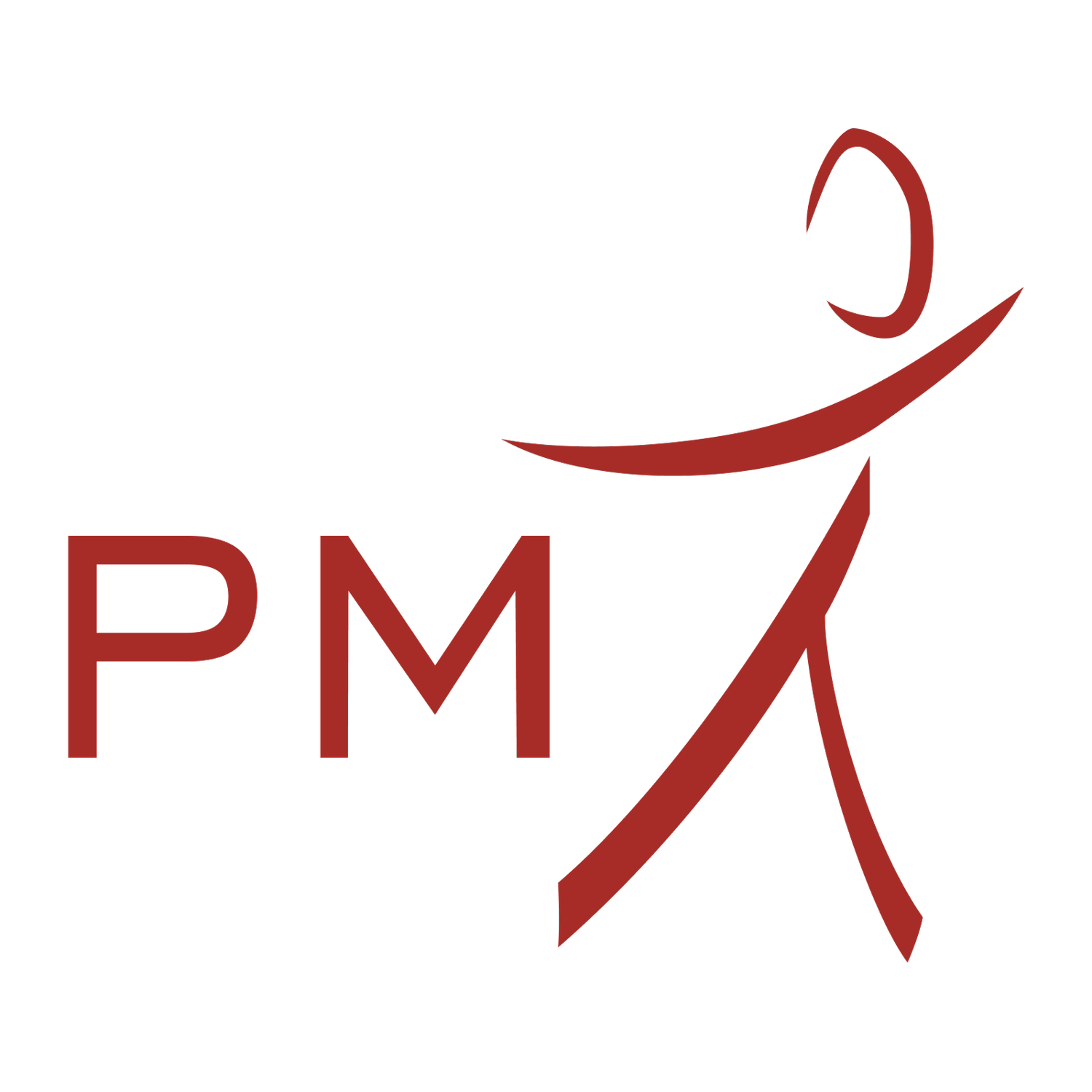Pelvic Pain & Dysfunction
At PhysioMotion, we specialise in treating pelvic pain and spinal dysfunctions that are commonly experienced by women due to pregnancy, but also men who have back pain. However, many other injuries are also related to pelvic dysfunction as this area of the body is an important area to transfer loads from the upper body to the lower extremities.
Our therapists are experienced in using techniques to treat conditions that require expert knowledge in the lumbar spine and the pelvic girdle, including the sacroiliac joint (SIJ), pubic symphysis (PS), and pelvic girdle pain (PGP).
Conditions We Treat:
Pregnancy-related SIJ, PS, and PGP
Chronic muscle strains and hip pain due to lower back-pelvic disorders
Leg length discrepancies related to asymmetry scoliosis and pelvic girdle dysfunction
Scoliosis – functional and structural
Prolapsed intervertebral discs ("slipped discs")
Lower back pain
Post-surgical spinal procedures
Urological disorders including incontinence, sexual health and prostate health
Many chronic and acute lower back pain, sacroiliac joint dysfunction, recurrent muscle strains (such as hamstring, groin and calf muscles), chronic headaches and pregnancy-related discomfort (such as pubic symphysis and sacroiliac joint pain) are commonly related to the lumbo-pelvic area.
Our Approach
We take a holistic approach to treatment and aim to ascertain whether the biomechanics of the lumbar spine in relation to the pelvic girdle are optimal, and how they are being affected by other regions of the body. This approach aims to relieve acute pain within these specific areas while also addressing other contributing loads to their dysfunction.
Our therapists use a variety of techniques including manual therapy, exercise prescription and education to help patients achieve optimal recovery from their conditions. We work closely with our patients to develop personalised treatment plans that take into account their specific needs and goals.
Using our real-time ultrasound imaging equipment, we are able to assess and treat imbalances and weaknesses in any of your core stabilising muscles. The proper use of these muscles (diaphragm, transversus abdominus, multifidis, pelvic floor, thoracic and hip stabilisers) and how they coordinate with other ‘global’ muscles are important to the long-term management of any chronic condition. The dynamic stability of these muscles will be trained and be integrated into sport specific goals.





